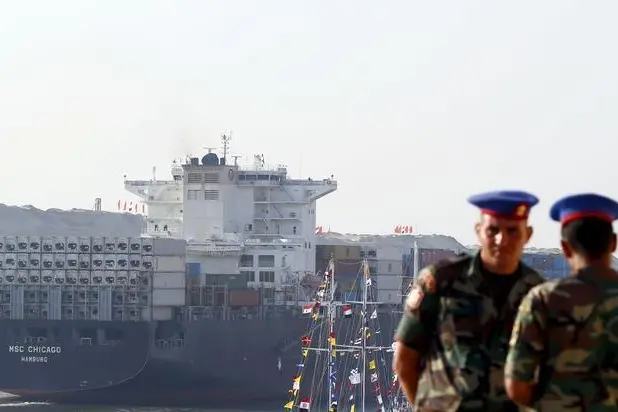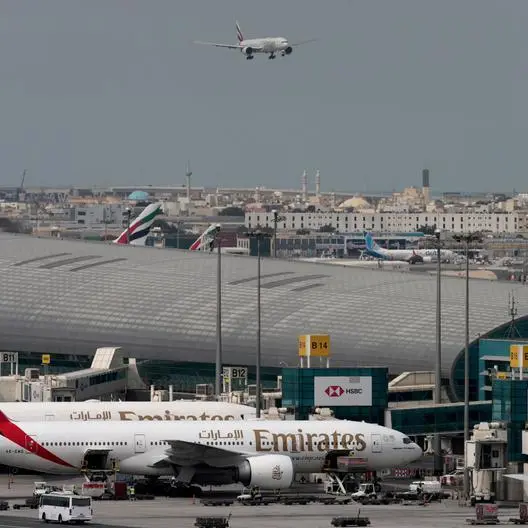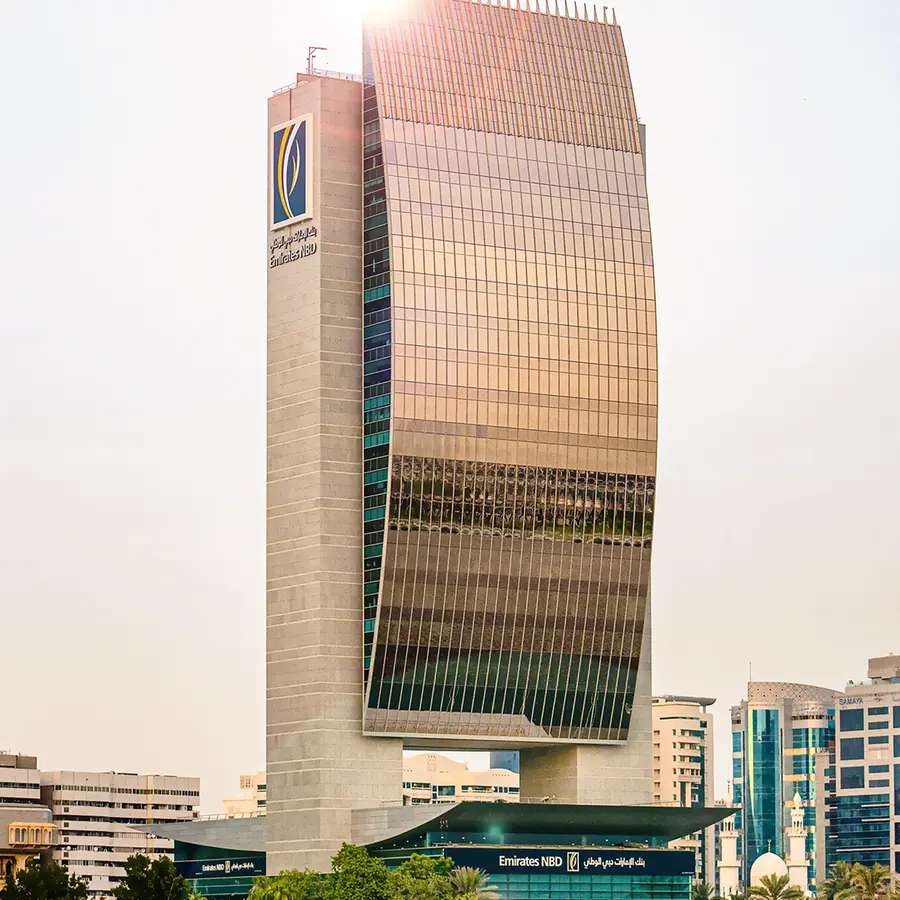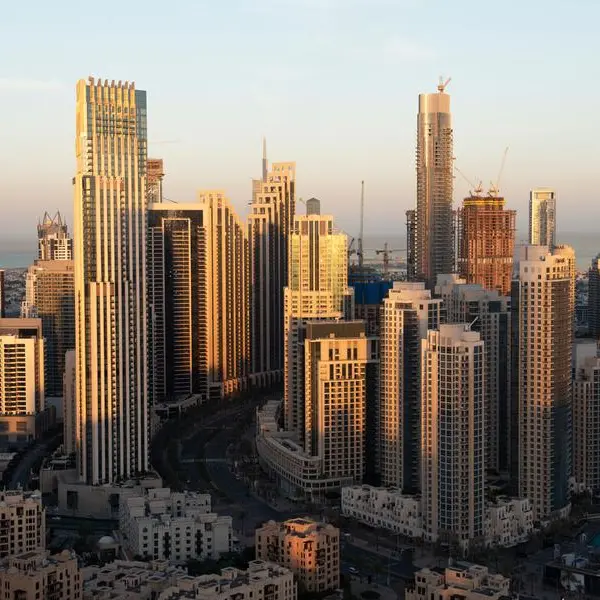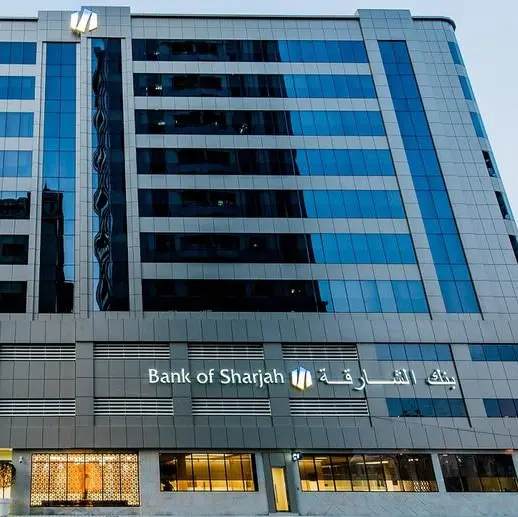PHOTO
The New Suez Canal project should have an insignificant impact on the number of species migrating to the Mediterranean, but the phenomenon should be closely monitored, writes Tarek A Temraz.
The ancient Egyptians realised the immense importance of and the need for marine transportation and trade between nations. They were the first to dig a man-made canal across their land to connect the Mediterranean Sea to the Red Sea via the River Nile and its branches during the reign of the pharaoh Senausret III in 1874 BCE. This canal was abandoned due to silting, but it was later reopened several times over the ensuing ages.
The present Suez Canal is the first canal directly linking the Mediterranean Sea to the Red Sea. It is the longest canal without locks in the world. Opened to shipping in 1869, it shortened the distance between the eastern and western parts of the world and provides the shortest maritime route between Europe, the Middle East and South Asia, encouraging the transportation of goods and trade between countries.
On a typical day, all ships transit through the canal in a convoy system at regular times scheduled on a 24-hour basis. Three convoys transit the canal, two southbound ones being in the Bitter Lakes and Ballah by-pass to allow for the unhindered passage of the northbound one. The passage takes between 11 and 16 hours at a speed of around eight knots, or 15 km/h.
With the globalisation of international trade, the discovery and export of oil from the Arab countries, and the increase in the transit of goods from the East to the West and vice versa, the Suez Canal has gone through many developmental stages to increase its size in order to accommodate larger vessels. By 1955, about two-thirds of Europe's oil passed through the canal, and today around eight per cent of world sea trade is carried via the canal. Around 21,415 vessels pass through the canal on an annual basis.
Global merchandise trade is a main indicator for Gross Domestic Product (GDP) and other economic indices, and the share of seaborne maritime transportation dominates other forms of transportation (Figure 1). The principle of scale is fundamental to the economics of maritime transportation, as the larger the ship, the lower the cost per unit transported. This trend has been particularly apparent in bulk and containerised shipping. For instance, the evolution of containerisation, as indicated by the size of the largest available containership, has been a stepwise process. Changes are sudden and correspond to the introduction of a new class of containership. Containership carrying capacity has increased by 1,200 per cent since 1969 (Graph 1).
The Suez Canal expansion project will create a new bypass in two areas of the existing canals at a total length of 35 km and will dredge and expand the existing pass at the Bitter Lakes at a total length of 37 km. The project aims to increase navigational capacity and to improve shipping traffic by eliminating the convoy system and achieving the non-stop direct crossing of 45 ships in both directions, as well as reducing the crossing and transit time to a maximum of three hours instead of eight to 11 hours currently.
The main potential impacts related to the project are the potential increase in the number of alien species introduced as a result of changing the hydrodynamics of the Suez Canal and increasing shipping volumes.
The hydrodynamics were studied using a RMA-11 hydrodynamic model in order to predict changes in the water volume, speed and direction in the Suez Canal and the extension project. The study's findings indicated that changes in the water volume and current speed and direction should have an insignificant impact on the potential number of migrating species to the Mediterranean. This can be attributed to the restriction of the expansion project to the middle section of the Suez Canal and preserving the canal's connection points with the Red Sea and Mediterranean without alteration.
Species migration is a global phenomenon that has taken place all over the world, the drivers behind it often being of a global nature despite the impacts being observed on a local scale. For instance, San Francisco Bay in California receives a new aquatic species every 14 weeks, whereas before 1960 the rate was approximately once every 55 weeks. This acceleration is likely to be because of a rise in propagation pressure as a result of increased shipping traffic and aquaculture activities. Humans have also changed the aquatic system through eutrophication (the increase of nutrients such as nitrogen and phosphorus), the removal of predators, and other modifications including global warming.
Rising sea temperatures in response to increased atmospheric carbon dioxide also cause a shift in the geographical distribution of marine species. Increasing temperatures in the Mediterranean Sea may result in more favourable conditions for the majority of migrant organisms of Indo-Pacific origin. Such species thrive at relatively high temperatures, and thus will likely see their reproduction, growth and survival favoured at elevated temperatures. In 1955, for example, sea temperatures rose in the Mediterranean by 1.0 to 1.5 °C in the winter months, allowing species such as Saurida undosquamis, Sargocentron rubrum and Upeneus moluccensis to establish populations in the Mediterranean as the higher temperatures favoured their reproduction compared to the native species.
The Mediterranean Sea Acidification in a Changing Climate project, carried out in 2014, indicates that changes in the CO2 concentration of the Mediterranean could indirectly result in vacant niches, increasing its vulnerability to being colonised by invasive predators. The Mediterranean supports an ever-growing number of migrating alien species, not only driven through the Suez Canal, but also the result of various vectors, among them the Atlantic-Mediterranean route, shipping including fouling organisms and ballast water, aquaculture and the marine curio-trade, and global warming.
Migration through the Suez Canal depends on many factors, among them the removal of the salinity barrier of the Bitter Lakes and the elevation of the salinity in the eastern Mediterranean as a result of the reduction of fresh water inflow because of the Aswan High Dam.
The migration of Red Sea organisms through the Suez Canal, known as "Lessepsian Migration" after Ferdinand de Lesseps, the Frenchman responsible for the canal's construction, started after the opening of the canal in 1869. Scientists at that time thought that species would have the opportunity to travel in two ways according to their dietary requirements or the suitability of the water habitat concerned, including water quality and pollution.
But for many years migration took place in one direction only from the Red Sea to the Mediterranean via the Suez Canal, with the exception of a few species that succeeded to migrate in the reverse order, named later as "Anti-Lessepsian Migration." The clearest example of these is Dicentrachus punctatus, which inhabited the area north of the Gulf of Suez.
New stressors not previously encountered, such as toxic chemicals, synthetic substances, and organic pollutants in coastal waters, can reduce reproductive success, alter natural species assemblages and cause a decline in species richness. Some organisms are particularly sensitive to changes in biotic conditions and are thus eradicated and replaced by opportunistic species able to withstand such conditions.
It has been suggested that multiple stressors including the destruction and fragmentation of marine habitats, pollutants and eutrophication cause a pre-introduction decline in species richness and diversity in the Mediterranean, thus allowing the domination of alien species. There is evidence suggesting that human activities are directly or indirectly resulting in an impoverishment of the Mediterranean marine biota. The overall impact on the Mediterranean of alien invasive species is most likely due to synergies, interactions and cumulative impacts rather than a singular direct impact.
The identification of the factors behind species migration needs integrated efforts and studies, especially as every species has a different story to tell. Some species migrated across the canal in 70 years and established their new habitat for 10 years before starting to spread out into nearby areas. This was the case for Plotosus lineatus, first recorded at the southern entrance of the Suez Canal in 1930 and then for the first time in the Mediterranean in 2002. It stayed there for 10 years, before later moving outwards to be recorded in other areas of the Mediterranean off Egypt, Turkey and Lebanon.
The Suez Canal Authority submitted an Environmental Impact Assessment (EIA) study of the New Suez Canal project on 29 July 2014. The Egyptian Environmental Affairs Agency (EEAA) studied the submission and approved it in principle, with an emphasis on the need to prepare a strategic environmental assessment study. Specific attention was paid to the need for implementing procedures and measures to minimise any potential negative impacts during the construction phases of the project and to ensure the proper disposal of dredging waste as well as hazardous substances such as oils and grease. This was conducted according to Law 4 of 1994, as amended by Law 9 of 2009 and its executive regulations.
The finalisation of the following studies was also undertaken: (a) study of the new expansion project's impacts on water movements using a hydrodynamic mathematical model and presented to the EEAA for review and appraisal; (b) a baseline study for alien species moving across the canal submitted to the EEAA for review and evaluation; and (c) the development of an implementation plan for environmental management and a continuous environmental monitoring programme for water, sediment quality and aquatic biota along the canal.
Studying the effectiveness of the mitigation measures applied in the expansion project will doubtless expand our understanding of the proper measures to be applied for the entire Suez Canal in order to control and eliminate the threat of invasive species. These circumstances have resulted in a call to create a research centre for the study of invasive species to be located in the Bitter Lakes region.
The writer is a member of the Marine Science Department at the Suez Canal University.
© Al Ahram Weekly 2015
